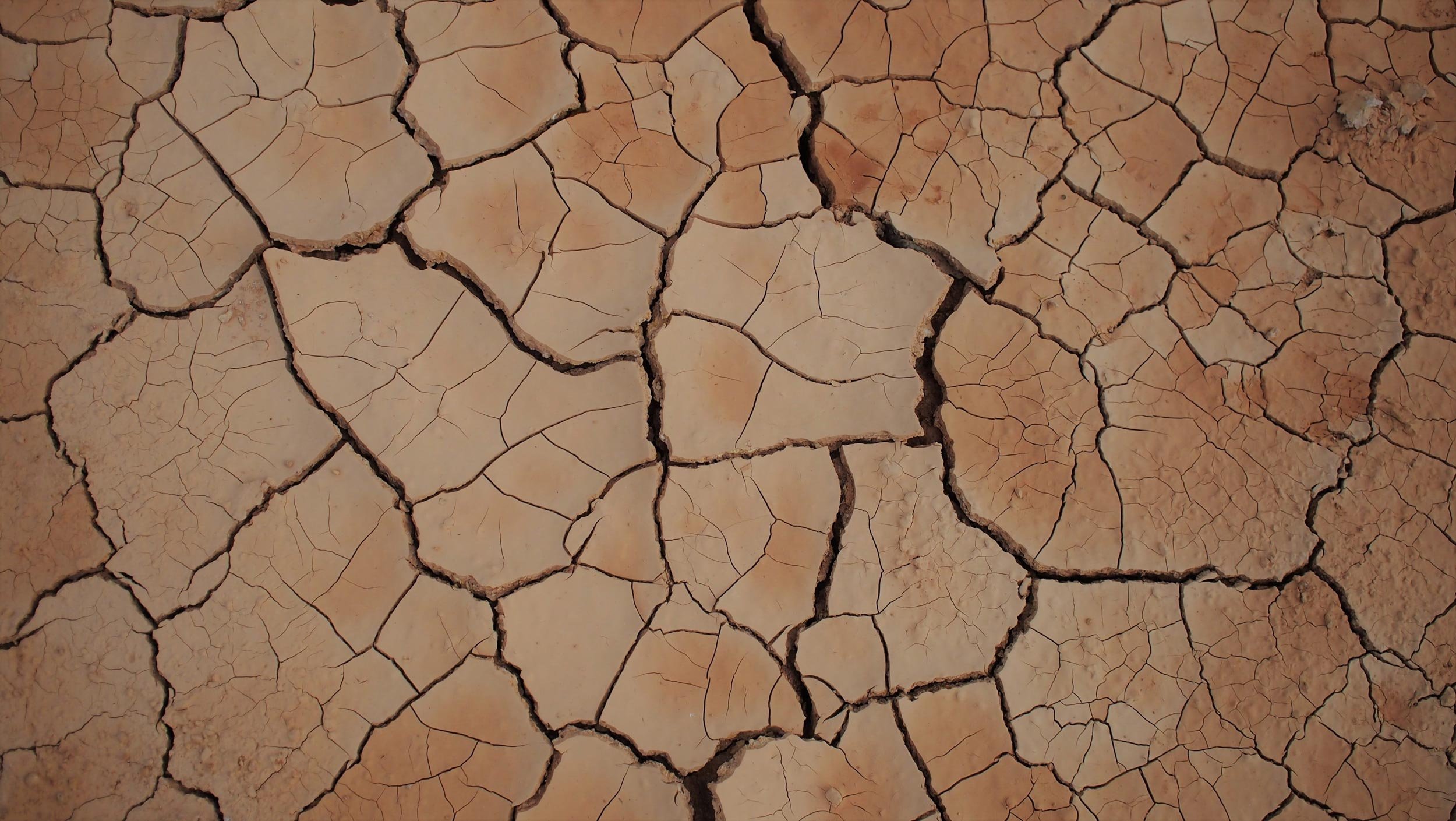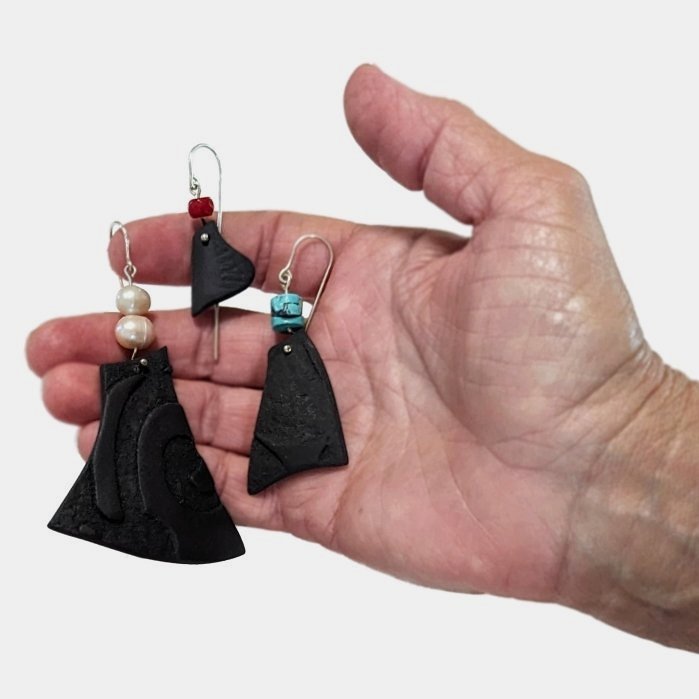
Clay
Clay carries with it the essence of bygone eras. Some of the earliest vessels and containers utilised by ancient civilizations were made using locally sourced clays which—while of a functional nature—were adorned and decorated using coloured slips and engraving techniques.
The human need for adornment, beautification, and storytelling is evident in the clay pots, vessels, and vases found in the historical sites of many early civilizations—and these artful flourishes exceed the practical “functionality” of clay dishes by serving a much deeper and more fundamental need in human nature.
Clay is a soft, loose, and earthy material containing particles with a grain size of less than 4 micrometers formed as a result of the weathering and erosion of rocks containing the mineral group feldspar.
The presence of impurities in the clay contribute to its colour and plasticity, which is soft and pliable while wet. However, the process of drying clay and firing it to very high temperatures results in a hard and durable material.
The transformation of turning clay earth from something plastic to something rock-like makes it a magical material to work with as well as to wear and admire.
Using clay in the production of jewellery enables the maker to create free-flowing shapes that convey the fluidity of movements like no other material.
The Ancient Egyptians used clay for making beads and objects of adornment that diversified the utilisation of clay beyond the making of storage vessels, attesting to the higher function of decoration and adornment of our bodies and dwellings.
Wearing jewellery that contains clay thus continues a long and proud tradition of valuing this ancient material—it connects you to the ingenuity of our ancestors in transforming the ground beneath their feet into beautiful and empowering declarations of individual and collective identity.
Shop our ceramic jewellery




























